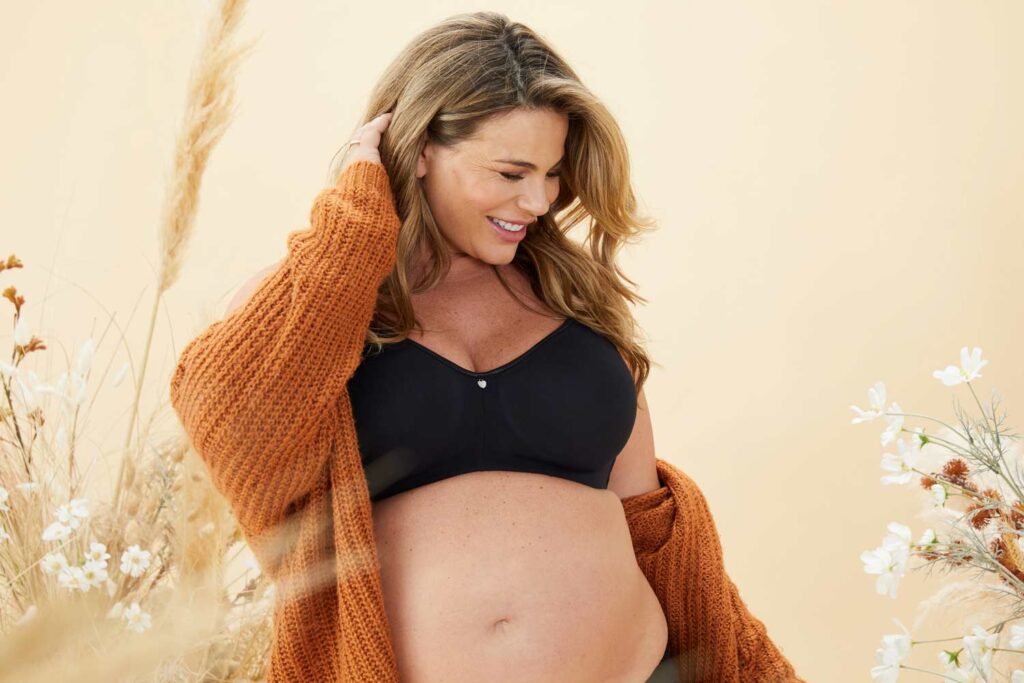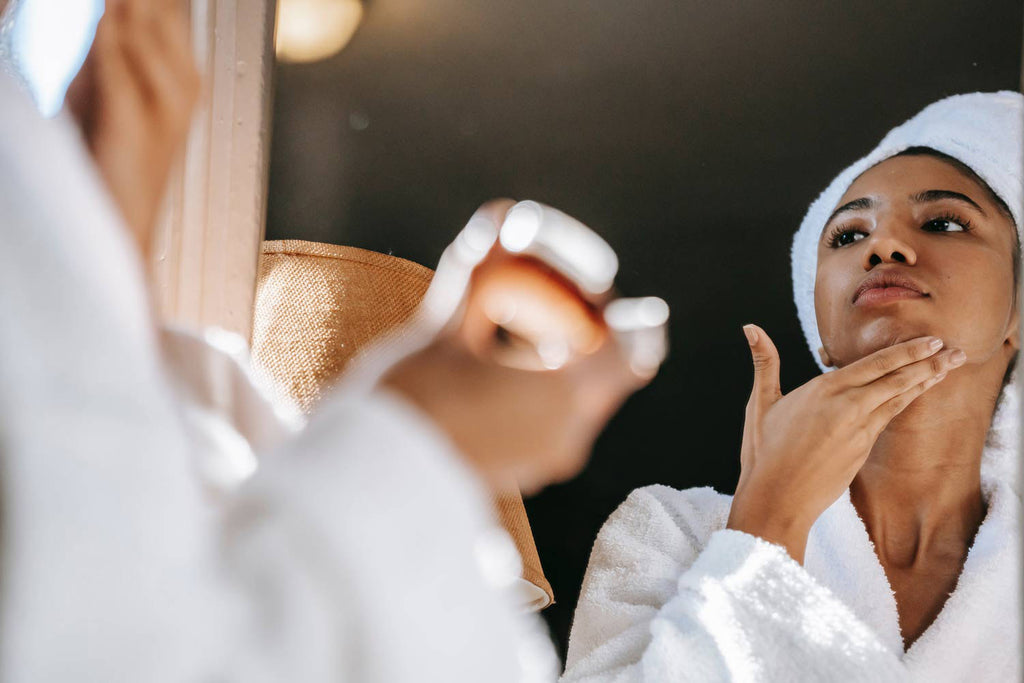During pregnancy and breastfeeding, women experience a multitude of breast changes. In fact the most they’ll experience in their whole lives! There’s all the common changes you hear about, like tenderness, tingles and darker nipples, but most of these are temporary and return to your version of “normal” once your breastfeeding journey is over.
One of the things we hear most from our customers is “will this bra stop my boobs from sagging?”, and while a correctly-fitting bra can absolutely promote healthy breasts, saggy boobs are just a fact of life. Unless you live on the moon all the way from puberty to old-age, gravity is going to take its toll, and that is A-OKAY!
Embracing your post-baby boobs is much easier said than done, but the most important thing to remember is that those amazing things on your chest have kept your baby alive, nourished and happy.
We’d hedge a bet that some of your most cherished memories with your little one happened during the early days of breastfeeding. Whenever you’re feeling down about any of your new marks, scars or sagginess, just think about the everlasting bond your breastfeeding boobs helped you forge with your child.
Now that you’re feeling all nostalgic over some of these memories, let’s get into the nitty gritty about how and why breasts sag during pregnancy and breastfeeding, and why it’s something you should embrace rather than fear.
Does breastfeeding make your breasts saggy?
Breast fluctuation is a totally normal part of life. Some women experience an increase in cup size depending on where they are in their cycle, due to different kinds of birth control, or as their weight changes. Pregnancy and breastfeeding are likely to bring about the most significant change, with some mamas experiencing a growth of 3 cup sizes!
This dramatic increase in size puts a strain on the Cooper’s Ligaments, which are responsible for attaching your breasts to your chest muscles and holding them in position. This, combined with the fluctuations during breastfeeding which cause the skin to stretch and contract, can result in a loss of elasticity and some sagging.
I know what you’re thinking, “how am I supposed to prevent something that is out of my control?”… You’re not! Breast sagging is totally natural and nothing to be afraid of. If anything, a bit of droopiness just serves as a reminder of how awesome your body is! It nourished your child from conception, to birth, and beyond. What’s a few aesthetic changes when they’re the result of bringing a human into this world.

How do I take care of my breasts?
Now that we have a newfound appreciation for our breasts, let’s show them a little love! We’ve already established that a bit of sag is inevitable, but there are still some things you can do to encourage optimal breast health during pregnancy and postpartum.
1. Wear a good, supportive bra
- The added weight of your bust during pregnancy and postpartum can be uncomfortable to say the least. A correctly-fitting, supportive bra is the key to supporting your breasts.
- Even if you would never have been caught dead wearing a bra to bed pre-motherhood, once your milk comes in you’re going to want to get yourself a comfy yet supportive sleep bra.
You might also like: 9 Qualities You Should Look For In A Good Nursing Bra

2. Eat a healthy diet
- Eating a balanced diet full of nutrient-rich foods can help promote healthy collagen levels in the skin, which in turn keeps the outermost layer of your skin plump and full.
- Foods high in antioxidants, such as beans, berries, leafy greens and more, rid your body of toxins, which can also improve the health and appearance of your skin.
3. Hydrate & moisturise
- If you’re trying to prioritise your health, drinking plenty of water is a no brainer. But did you know that staying hydrated is essential for keeping your skin plump and healthy? It’s also best to limit dehydrating drinks like coffee, tea, soft drinks and alcohol (but you already know this if you’re a mama!).
- Staying hydrated keeps your skin healthy from the inside out, but it’s also important to take care of the outer layers of your skin. Do this by showering in water that isn’t too hot (as this can dry out the skin), using mild, natural soaps and moisturising daily.
4. Change how you sleep
- To reduce the strain on your skin and ligaments, give sleeping on your back a go.
- If you’re pregnant and this isn’t an option, try sleeping on your side while wearing a sleep bra for additional support.

5. Stay sunsafe
- If you’re planning on being out and about in the sun, it’s best to wear a high protection sunscreen to help preserve your skin’s elasticity and protect you from the sun’s harmful UV rays.
- The skin around your decolletage is thinner and more penetrable than your arms and legs, so either cover up or pop some sunscreen on if you’re wearing a low cut top.
6. Put out the cigarette
- If you’re pregnant or breastfeeding you shouldn’t be smoking regardless, but if you’re not and you’re having trouble quitting, bear in mind the fact that nicotine breaks down the skin’s elastin. This protein is responsible for all the elastic capabilities of your skin, and helps it stretch and recover.
7. Get another bra fitting after breastfeeding
- Once your bub weens, you’ll notice your breasts decrease not only in size, but in mass too. This often results in women being a completely new bra size compared to what they were pre-pregnancy.
- We recommend getting a fitting with a professional, as this will ensure your breasts are adequately supported, which will be much more comfortable for you.
These are just a few ways you can take the best care of your hardworking breasts and thank them for all that they do. If you’re having trouble accepting their new appearance, just remember that without saggy boobs and a few stretch marks, you wouldn’t have been able to create this new life you now cradle in your arms.
—
Disclaimer: Cake does not provide medical advice, diagnosis, or treatment. Any information published on this website or by this brand is not intended as a substitute for medical advice, and you should not take any action before consulting with a healthcare professional.








